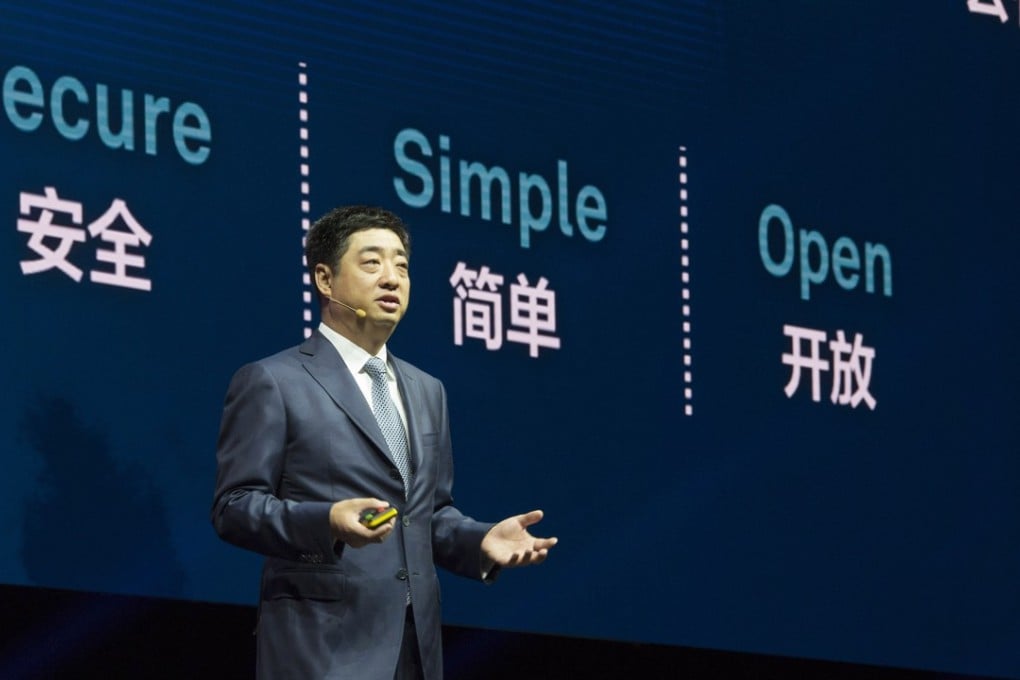Huawei eyes US$100 billion revenue this year despite slow growth in key carrier business

Huawei Technologies, the world’s largest telecommunications equipment provider, is eyeing revenue exceeding US$100 billion in 2018 on expectations of wider deployment of emerging technologies such as 5G and Internet of Things (IoT) despite slower growth in its key carrier business.
Group revenue reached 603.6 billion yuan, or US$92.5 billion based on year-end exchange rates, an increase of 15.7 per cent over 2016, the Shenzhen-based company said in a statement on Friday.
Group revenue growth was nevertheless slower than the 32 per cent year on year registered in 2016.
“Emerging technologies like the Internet of Things, cloud computing, artificial intelligence and 5G will soon see large-scale application,” Ken Hu Houkun, Huawei’s rotating chairman, said in the statement.
“Ultimately, we aim to bring digital to every person, home and organisation for a fully connected, intelligent world.”
Huawei, also China’s largest smartphone maker, is expected to soon join the US$100 billion club along with a number of other international technologies companies such as Alphabet, the parent company of Google, which reported last month that it topped US$100 billion in annual sales for the first time in Google’s 20-year history.